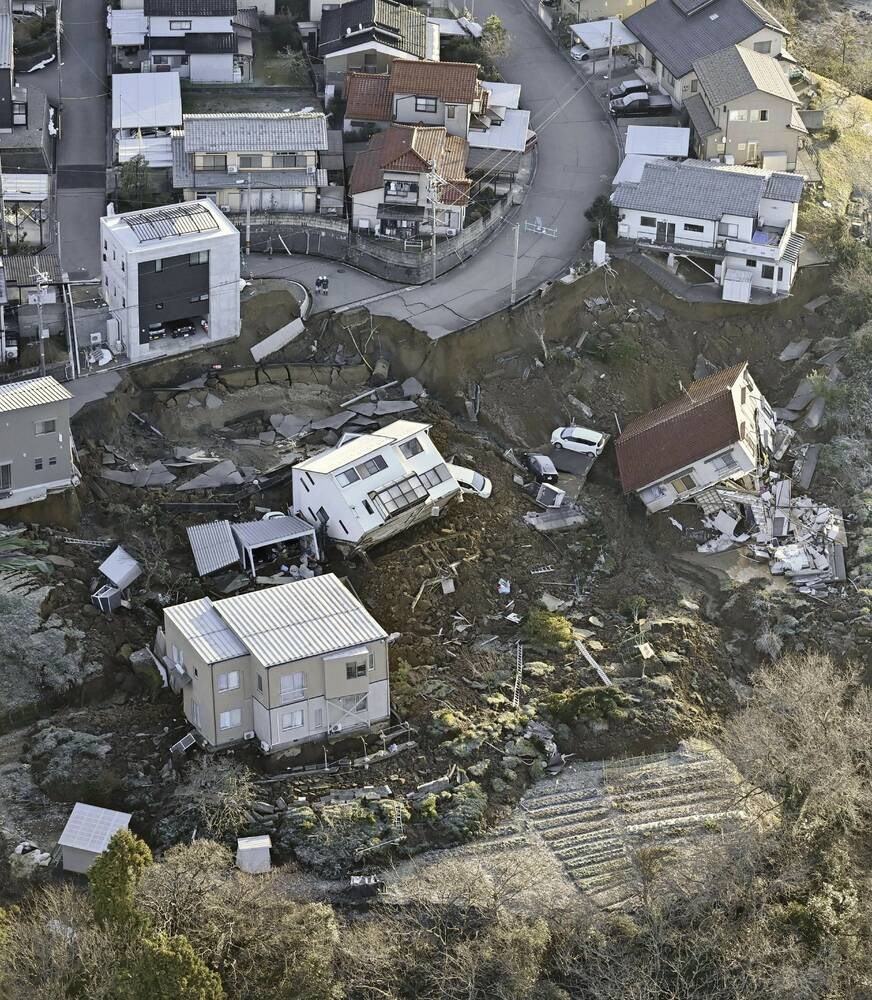A commentary by an Esquimalt resident who worked for disaster and emergency management agencies in B.C. and Alberta.
Monday’s devastating earthquake in Japan demonstrates the extent and effort the country expends in mitigating disasters and preparing for their eventuality.
In Japan, the first signs of an earthquake automatically unleash a comprehensive and co-ordinated effort, including warnings, to reduce injury and damage.
Island residents should be interested in the advent of an earthquake warning system (“Early-warning system for quakes expected to be ready in April,” Dec. 23) but even if the system works, public warnings are unlikely. And even if some jurisdictions can issue an advance public warning, a significant chunk of people here will not likely receive it.
The on-ground sensor network is a proven technology to signal a quake is coming, but the accompanying system to potentially warn the public in real time likely won’t work.
The purpose of public alerting is to issue immediate life-saving information to people so they can take action to prevent injury or harm. It tells people what the hazard is, what to do and where to go for assistance or more information. The most effective alerting jurisdictions issue alerts judiciously and sparingly.
By legislation and design, British Columbia has created a jumbled public-warning system. To fill the gap, local governments and others have invested in a myriad of systems to meet their community and legislative needs.
However, these systems are flawed with significant gaps that leave people excluded as well as manifesting other weaknesses preventing effective alerts from being issued.
For example, in Greater Victoria, several competing alerting systems are in place in different municipalities. The public alert system may be different in the place where you work and where your children go to school versus where you live.
Compounding this, local governments and others must rely on voluntary subscriptions from those who want to receive alerts. This model simply does not work and reaches only a minority — if not a fraction — of those in the alerting region.
The private companies that house and provide the infrastructure for our public alerting platforms are more than happy to sell the qualities, flexibility and functionality of their system but there are weaknesses inherent in any system that they don’t discuss.
Research and evidence point to the most glaring deficiency in alerting systems across Canada: Training. Simply put, the people issuing alerts are generally not trained or practised enough to issue alerts.
There are exceptions, but they are few and far between. One type of alert, Amber Alerts, issued by the RCMP and local police forces are issued by trained individuals. These people are selected, rigorously trained, certified and regularly re-certified to be able to issue Amber Alerts.
Some of the people issuing public alerts in B.C. may have training. But what there is, is neither consistent nor rigorous. The result in this province is a jumbled and haphazard alerting environment with user surveys, construction notices and watermain flushing notices sharing space with flood and wildfire evacuation orders.
But the public, you and I, have a role, too. Earthquake early warning systems work where the public is engaged in what is happening and what the expectations are.
The Dec. 23 article used Japan as an example of how an effective early warning system potentially saved lives. What is missing is the money and resources spent in Japan — almost as much as the system itself — informing and educating the public, what the system did and what to do. That is not happening here.
The rapid pace of innovation, the advent of 4G LTE networks, and other advances make public alerting one of the most dynamic and changing fields of emergency management today. We are well beyond our grandparents’ use of sirens to tell us something bad is coming our way.
A system does exist to broadcast immediate alerts over television, radio and SMS on mobile phones. The Alert Ready system is centralized with the Ministry of Emergency Management and Climate Readiness. Furthermore, there is a process for local governments to request EMCR to issue an alert.
This could be a written request, an email to EMCR, simply asking for an alert to be issued.
Once received, EMCR reviews the request and there may be some back and forth prior to the message being created and sent. This process would go well over the seconds or even a minute of advance warning the sensor system provides.
Natural Resources Canada, the City of Victoria and others are to be congratulated for employing this system of on-ground sensors.
When it is fully operational and the first P-waves are detected, somewhere a gate may lock, or a door open automatically.
But it will take much greater co-ordination, partnerships and money before the public’s first warning of an earthquake will be something other than the shaking of the ground.
>>> To comment on this article, write a letter to the editor: [email protected]




